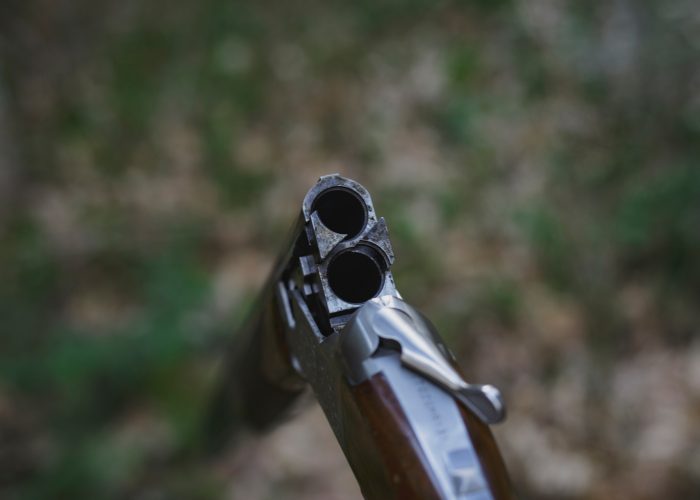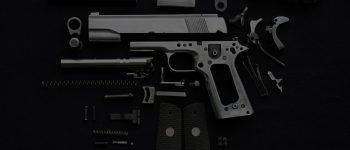Shotgun Chamber Length
The length of the chamber must ALWAYS be determined if not obviously marked.
Skip Walters

Many of us have examined old used shotguns and wondered, “What gauge is this gun? Is it safe to shoot?” Some people check the gauge and assume that gauge is the only factor determining the type of ammunition to be used in that particular shotgun. This is far from the truth. The length of the chamber must ALWAYS be determined if not obviously marked. Modern US made shotguns have the chamber length marked on the chamber area, as do most imports to the US.
The SAAMI (Sporting Arms and Ammunition Manufacturers Institute) was not established until 1926. It was established at the request of the federal government to (among other things) create and establish industry standards for safety, interchangeability, reliability and quality. Therefore, any shotgun that was domestically manufactured prior to 1926 was not subject to SAAMI standards. These standards were not applied to guns manufactured outside the US until much later in the 20th century. If a cartridge is too long for the chamber, the cartridge will not open completely when fired. This will force the charge and shot to be forced through a constriction in the barrel, causing excessive pressure. To be safe, check every chamber length with a chamber length gauge.
Chamber length gauges can be purchased at a minimal cost from any gunsmith supply company. The brass chamber length gauge I use has a choke diameter gauge incorporated into its construction. I use it frequently.
Initially, center fire cartridge shotguns could be ordered in any chamber length the customer desired. The customer determined the length according to the length of the reloads that were used on their other shotguns. As reloading was an involved and tedious process, a different length cartridge made for more time and expense. I have seen 10 gauges and 12 gauges with a 2 ½” chamber come across my workbench over the years. Most commonly, it is the 16 gauge with a 2 9/16” chamber that is identified. Usually, 16 gauge European cape guns, drillings and vierlings fit this description.
With the value of these guns in the 4 and 5 figure range, it is best to confirm that the cartridge will fully open and not create a chamber pressure spike that could, at the very least, cause damage and, at most, result in injury or death.




